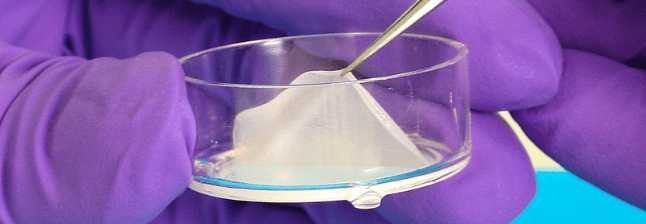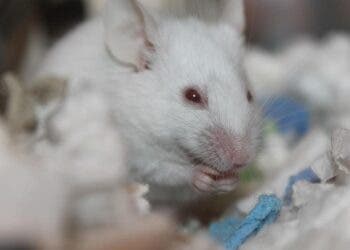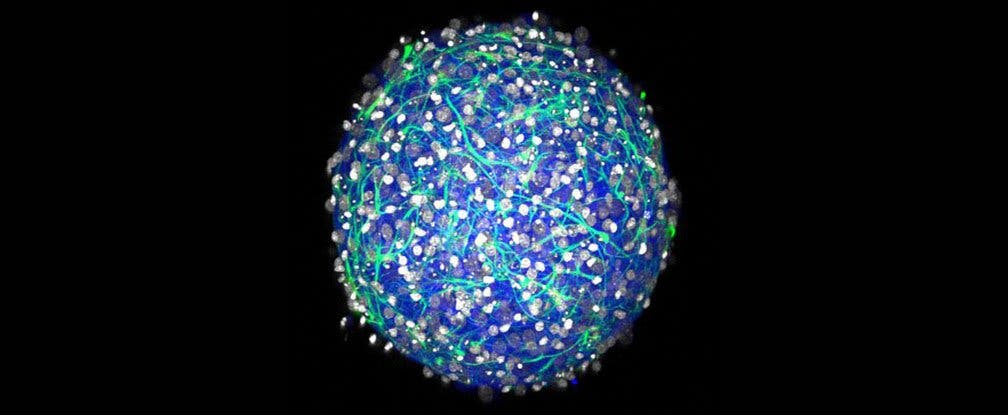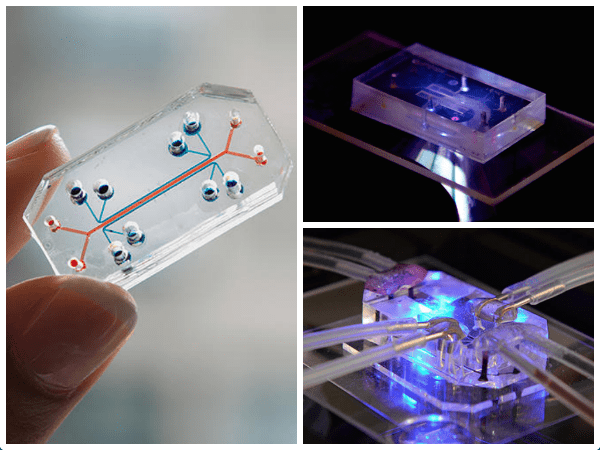
Animal testing is an ethical problem which has been going on for decades, with no clear end in sight. We don’t like it, but then again, we like having safe products which we know for sure aren’t going to cause us any harm. We also like new medicine and drugs, which are virtually always tested on animals. Thankfully, technology has advanced so much that we might yet have a solution to this conundrum: developing tissues tissues that mimic the real thing.
The need for a change
According to the USDA, in 2005 about 668,000 animals (57%) were used in animal testing without anything to relieve their pain or distress. Another 425,000 (36%) were used in procedures in which pain or distress was relieved by anesthesia, while 85,000 (7%) were used in studies that would cause pain or distress that would not be relieved. Think this figure is large? It doesn’t even include rats and mice, birds, or invertebrates — of course, mice and rats are the most commonly used creatures, but in the USA, they (along with birds and amphibians) are not defined as animals under animal experiments regulations. Therefore, no one is forced to publish these figures and they are not included in any statistics.
In animal testing, animals are routinely subjected to irritating or painful substances, radiation, and stress. Their are often forced to ingest substances which are harmful or even lethal to them, to gauge the effects. Sometimes, some organs are removed to see how their bodies react in this situation. In modern society, we shield ourselves from knowing just how much suffering even the simplest product can cause — but just because we ignore it doesn’t mean it goes away, and consumers area starting to realize it.
According to a Pew Research poll, almost half of Americans are against using animals for lab testing, while 67% of Americans are “somewhat concerned” or “very concerned” by the use of animals in research. But without any easy alternative in sight, the big industry held on to its inertia, in an attempt to continue “business as usual.”
It seems that animal testing is a big problem, and it’s here to stay. Or is it?
Under my skin
In recent years, researchers have developed so-called ‘organs on a chip‘ — simple devices which mimic the function of human organs. The idea is gaining more and more traction, but there’s always a big leap when it comes to getting a product out of the lab and into the market. Especially when it comes to the beauty industry, a notorious “consumer” of animal testing. This is why it is encouraging to see L’Oreal taking major steps in their EpiSkin project. EpiSkin is an in vitro, reconstructed human skin (just the epidermis) cultured on a collagen matrix at the air-liquid interface. This model exists at different stages of maturity. It already works so good that it’s outperforming animal testing in most scenarios.
“They are a much better simulation of human skin than animals are,” Carol Treasure, whose company XCellR8 test products for various brands, told Wired.
Already, the L’Oreal grows more than 100,000 human skin samples a year. They’re not doing it just out of the kindness of their heart, but they’re also doing it to make a profit — and there’s nothing wrong with that. Having a positive impact in society while also making some money is what modern economy should strive to be.
“EpiSkin models are also available to the global scientific community to support academic and corporate research and development activities across industries,” Charbel Bouez, vice president of advanced research at L’Oréal’s America Zone and president of EpiSkin, told CNBC.
They’re also not the only ones dabbling with this type of project. MatTek, whose product EpiDerm was launched back in 1993, is also taking strides, and they grow about two adult humans worth of skin in petri dishes on a weekly basis. However, their approach is different — they source real human skin cells from surgical waste after cosmetic surgeries and circumcisions, and from tissue banks, to provide real human skin. These two competitors, along with several research labs in the world, are also trying to expand this approach to other organs. If successful, this could not only eliminate the need for animal testing, but it could also make the tests more accurate.
It’s not clear how this field will evolve in the near future, but with the way science and technology are advancing, it seems that we’re on the right track — and it’s about time.
In the meantime, if you want to be sure you’re an ethical consumer, you can also check the label of the products you buy and favor products without animal testing.





